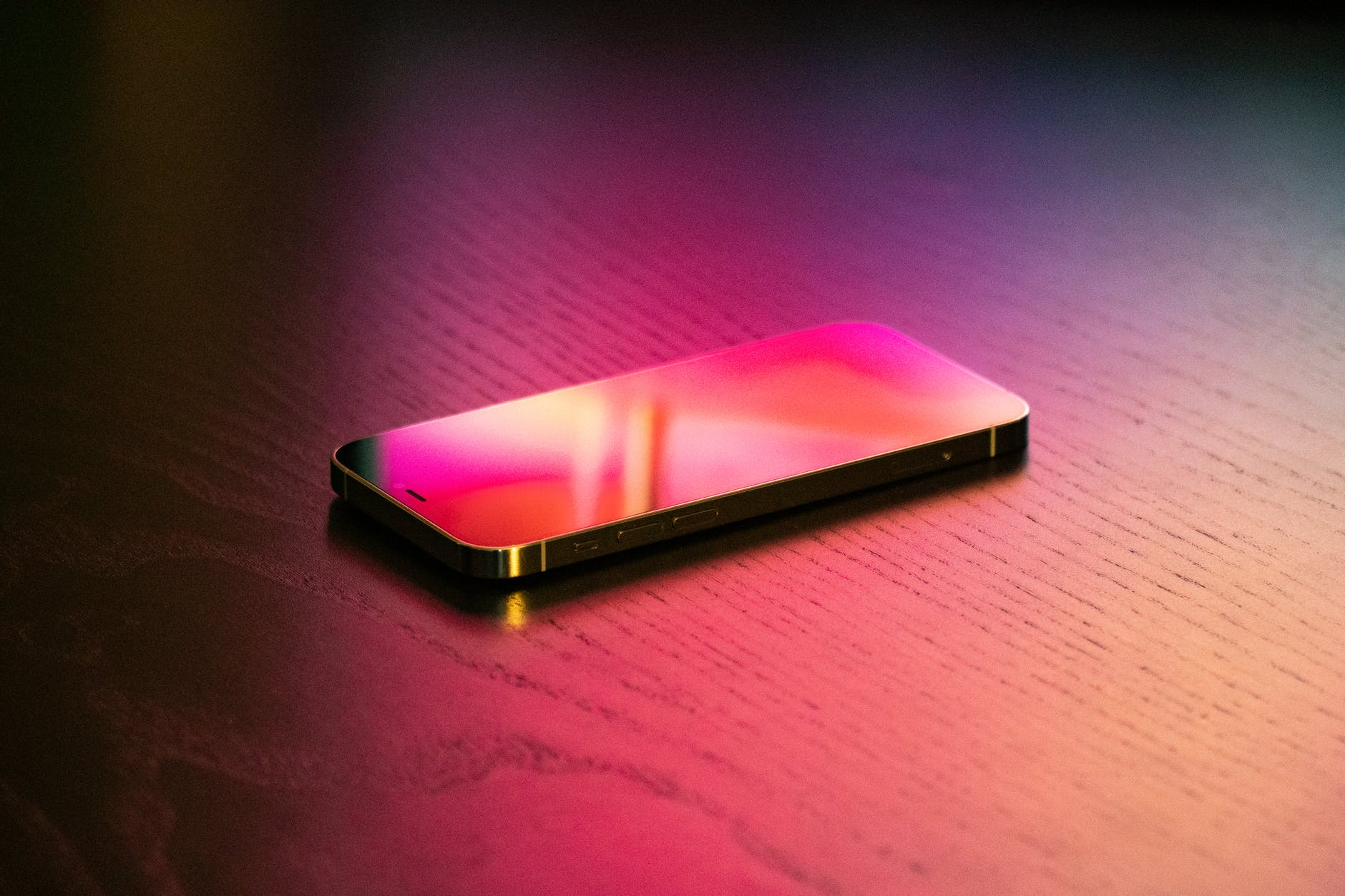Yesterday, Apple updated its base iPad and iPad Pro models, along with the Apple TV box, via press release and tweet. Speaking of tweets, here’s one showing how you charge the Apple Pencil on the 10th generation iPad (that’s the one they announced yesterday if you aren’t a hopeless tech geek like me):
I had the 10.5″ iPad Pro from 2017 and it used the first generation Pencil–it charged just like in the Old shot above, though I used the female to female lightning adapter to charge it via cable rather than risk it snapping off while plugged into the iPad in what was an ill-considered charging scheme.
Speaking of ill-considered, the new iPad still only supports the first-gen Pencil, but eliminates the lightning port in favour of USB-C, thus creating a situation where there is no way to charge the Pencil (the 2nd gen Pencil charges via induction by magnetically attaching to a side of the iPad).
Apple’s solution is to now include (another) adapter with the first-gen Pencil that allows it to connect to a USB cable, which then plugs into the iPad. This is also how you pair the Pencil. It’s cumbersome and requires two separate items (the adapter, the cable) in exchange for previously needing none.
It’s silly and dumb and Apple is rightly getting roasted for it.
Some are speculating that Apple did this because they finally moved the front-facing camera to landscape mode and couldn’t figure out a way to also includes the magnets in the same space to allow induction charging. That’s possible. Did Apple make the right choice? Will more people use the front-facing camera than a Pencil? I really don’t know. It seems like six of one, a half dozen of the other to me, but I can’t help thinking Apple either should have found a way to make induction charging work, or not move the front-facing camera until they could. This solution is an awkward, muddled compromise.
And it’s an excellent example of the current state of Apple.
Also note: The iPad Pros announced do not get the landscape camera, because they’re just getting a spec bump. Fair enough, you might say, but people are inevitably going to wonder why the low end model now has a superior camera to the high end, and rightly so. Apple wasn’t forced to spec bump and release the updated iPad Pros at the same time–but they chose to.
This is also an excellent example of the current state of Apple.
(I didn’t even mention the absurd $120 increase in price for the base iPad, which Apple acknowledges by keeping the old $329 model in the line-up. We’re at a point now where it makes more sense to buy older Apple stuff than the latest, because the latest is overpriced, even by Apple’s lofty standards.)
Oh, Apple. Why are you always such an easy, juicy target?




